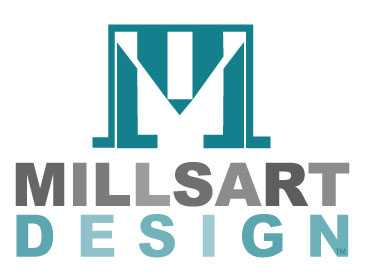Goal Directed Design
Goal Directed Design (GDD) Process for Digital Products is made up of two major parts: user experience and observation • prototype design and testing Goal-Directed Design Research What is the main objective of this post? Goal-Directed Design (GDD) is a comprehensive, One on one interview, user research and observation process used to create a solid foundation for the best possible customer/user experience for digital products. Many of these products are the business tools that you use now. Of course, other digital products are interactive devices, apps, software, kiosks, etc. Both types of digital products benefit from a foundation of research like Goal-Directed Design, for user observation, prototype development, then more research and observation, before the major monetary investment of new design. Digital transformation is a cultural change that requires organizations to continually challenge the status quo, experiment, and get comfortable with trial and error. (Credit: The Enterprise Project). Here is are examples: internet radio • internet television • streaming media; fonts, logos, photos and graphics • digital subscriptions • online ads (as purchased by the advertiser) • internet coupons • electronic tickets • electronically traded financial instruments • downloadable software (digital distribution) and [...]











